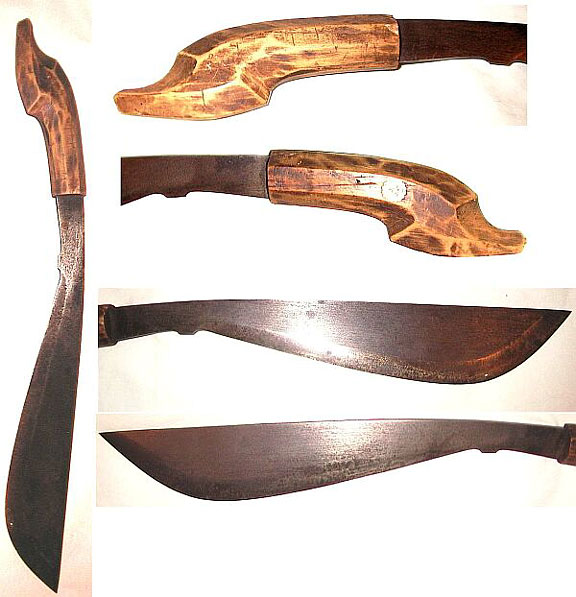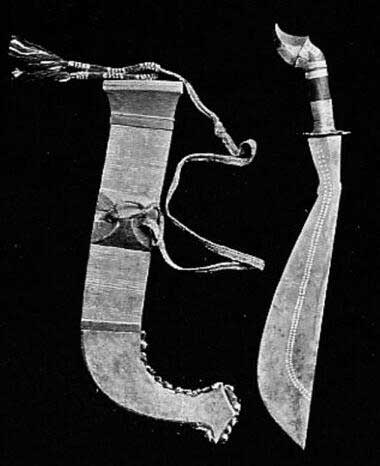^Aetas.
Filipino warfare though throwing spears and throwing darts were more likely than bows in combat, although they were noted in many cases used (including the skirmish at Mactan).
Filipinos used bows for hunting/fishing mostly and those well noted esp. in skills are Negritos/Aetas. Blowguns were also mostly used in hunting.
These are from what I dug up on the internet (some of them the website got them from books in Project Gutenberg)
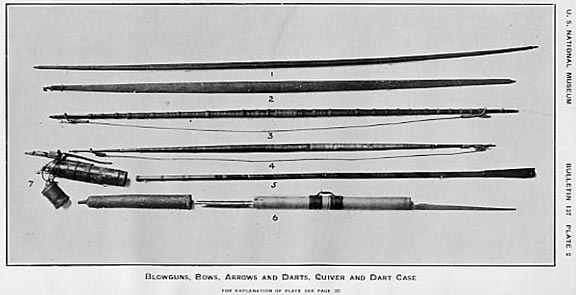
Plate 2. Projectile weapons: Blowguns, bows, arrows and darts, quiver and dart case.
No. 1. Palmwood bow; highly polished, grooved, concavo-convex self-bow. Negritos, Zambales Mountains, Island of Luzon.
2. Heavy palmwood self-bow; flat surfaces, slightly concave on inner side. Negritos, Negros, Visayan Island, P.I.
3. Palmwood bow wrapped with rattan. Bagobo, Mindanao.
4. Palmwood bow; cord of bamboo splint. Moro, Mindanao.
5. Bamboo blowgun: Surface decorated with burned spiral bands and rings; lining tube of reed, sight elevation. Batak, Island of Palawan, Philippine Archipelago.
6. Arrow case of bamboo provided with rattan basketry cap. Moro, western Mindanao.
7.Blowgun darts and dart case. Batak, Palawan Island.
Non metallic arrowheads (bamboo/wood)
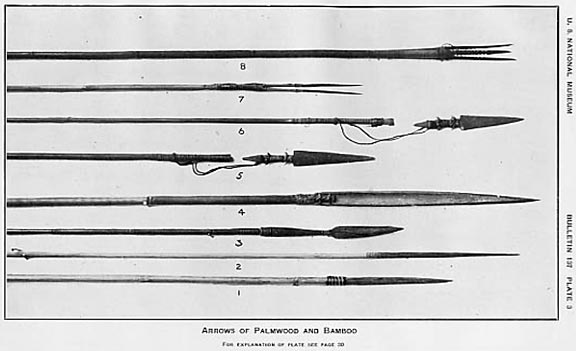
No. 1. Palmwood arrowhead and bamboo shaft. Moro, Mindanao.
2. Reed arrow with palmwood foreshaft. Moro, Mindanao.
3. Bamboo arrow with palmwood foreshaft; poisoned bamboo arrow point inserted in foreshaft. Bikol, Luzon.
4. Large arrow of bamboo with arrowhead of split bamboo, Bagobo, Mindanao.
5. Triagular shape arrowhead of bamboo, harpoon shaft. Negritos, Zambales Mouutains, Luzon.
6. Barbed, triangular bamboo arrowhead, harpoon shaft. Negritos, Zambales Mountains, Luzon Island.
7. Fish arrow with compound head of bamboo. Bagobo, Mindanao.
8. Three-pronged or trident compound arrow. Negritos. Zambales Mountains, Luzon.
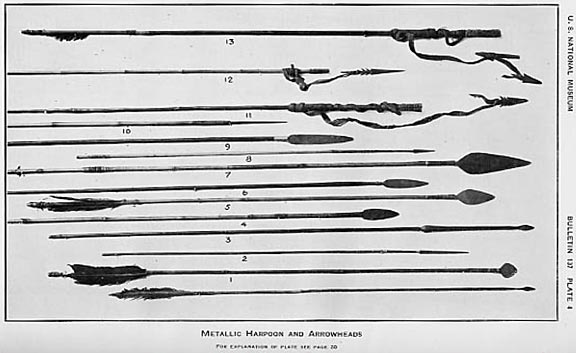
Plate 4. Metallic harpoon and arrowheads provided with barbed, hastate, three-pointed, harpoon, and composite points. Shaftments.
No. 1. Short, flat, lanceolate arrowhead,designed to make a large wound and to cause profuse bleeding. Negritos Zambales Mountains.
2. Long, triangular, iron arrow point, palmwood foreshaft, unfeathered cane shaft. Moro, western Mindanao.
3. Small, lanceolate shape iron arrowhead, long bamboo shaft; heavy palmwood foreshaft, bulbous at the base. Old Bikol arrow type.
4. Leaf-shape arrow point of sheet copper, bamboo shaft, foreshaft of wood fast set in shaft with resin. Moro.
5. Feathered bamboo shaft, large lanceolate shape arrow point. Negritos, Luzon.
6. Leaf-shape iron arrowhead of excellent workmanship socketed on hardwood shaft, no foreshaft. Moro, Jolo Archipelago.
7. Large feathered bamboo shaft, hastate shape iron arrow point. Negritos, Luzon.
8. Small triangular iron head, palmwood foreshaft, reed shaft. Moro, Mindanao.
9. Ferruled wooden shaft, long hastate shape barbed iron arrow point. Moro.
10. Long quadrangular barbed iron arrowhead. Negritos, Luzon.
11-13. Composite arrow shaftments; feathered shaft provided with lanyard and retrieving cord, barbed toggle harpoon type of arrow point. Designed for hunting pigs. Negritos.
http://www.vikingsword.com/rila/krieger.html
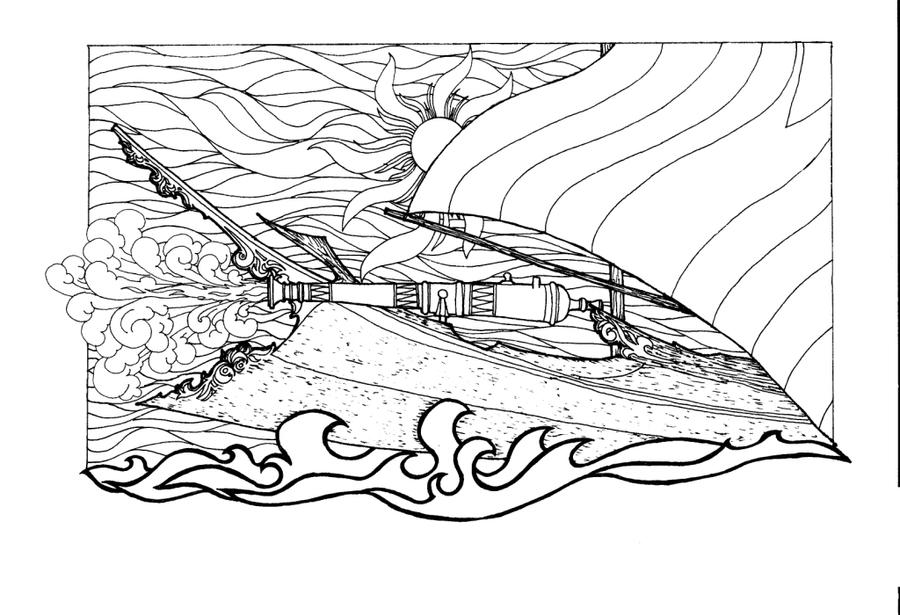 [/IMG]
[/IMG] [/IMG]
[/IMG]









